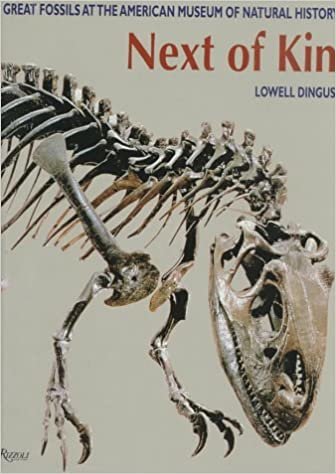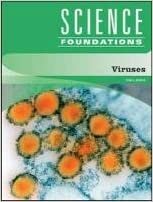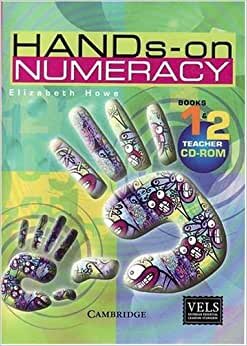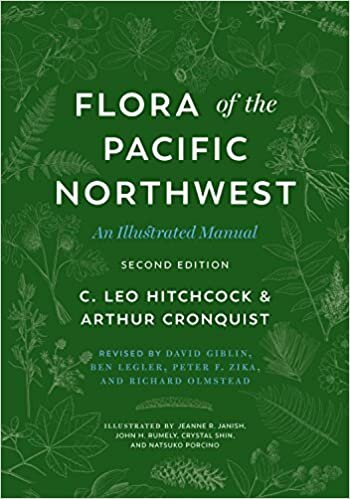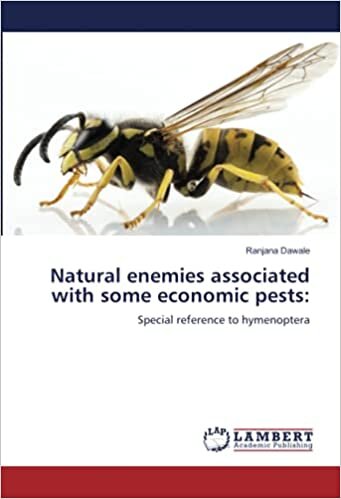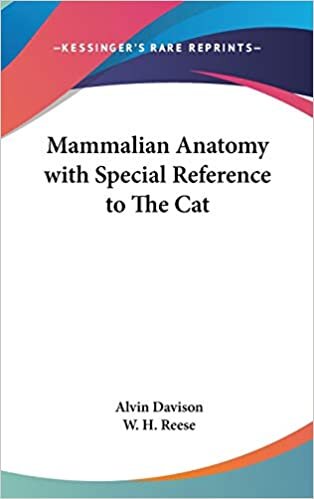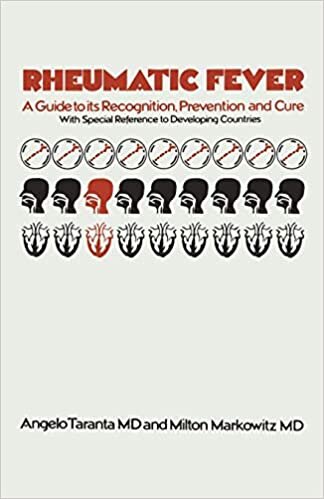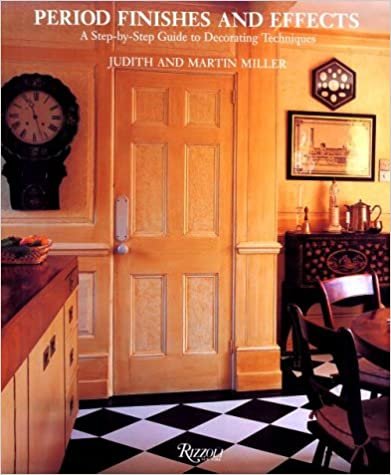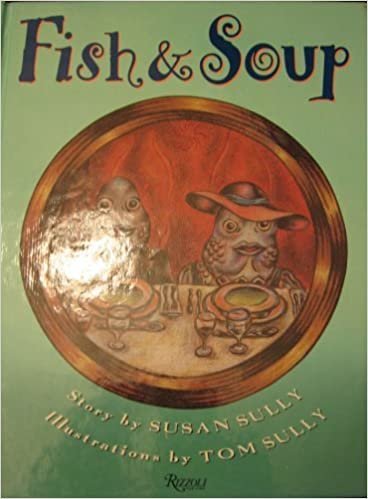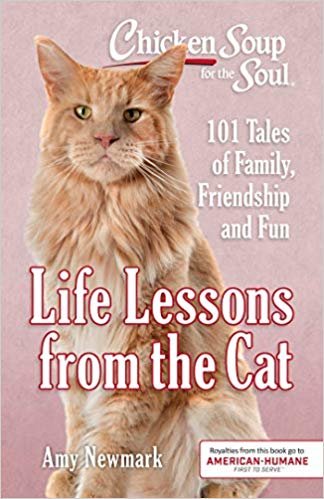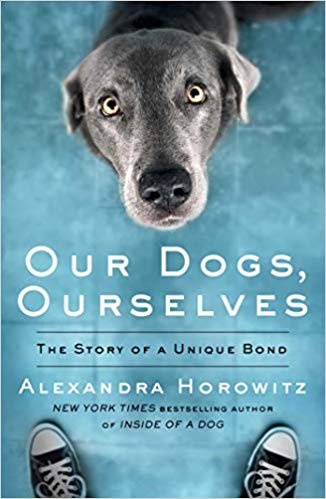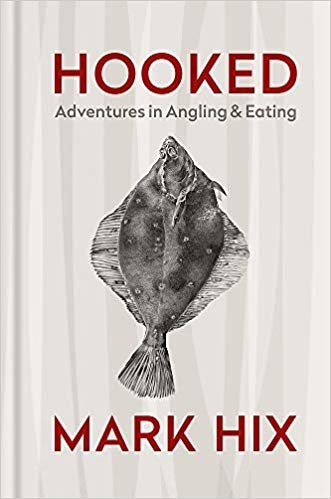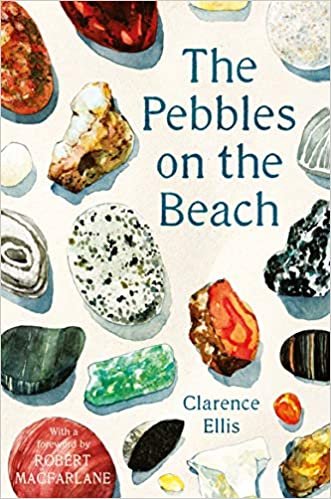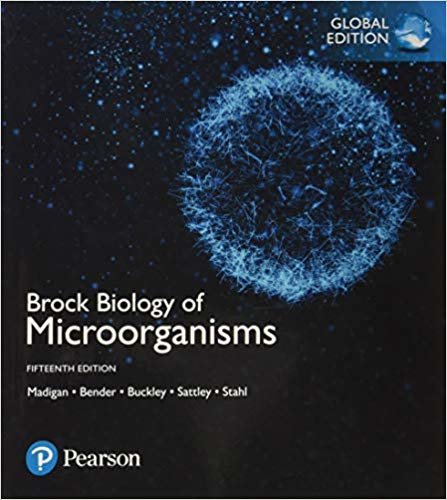Next of Kin: Great Fossils at the American Museum of Natural History indir odf
itibaren Lowell Dingus
Kitap açıklaması
The Halls of Invertebrate Evolution at the American Museum of Natural History display the world's greatest fossil collection and have long been a treasured landmark in New York; they currently attract about 1.5 million visitors each year. Dinosaurs fascinate people of all ages. A look at the Museum's giant Barosaurus skeleton rising up on its hid legs to face a predator, or at the specimen of the fierce Tyrannosaurus rex, enables us to journey back in time to imagine even earlier animals that lived as long as hundreds of millions of years ago. Most fossils are not actual bones but mineralized replicas of an animal's hard parts, yet they enable us to see that vertebrate animals, including humans, share an evolutionary heritage that includes the smallest jawless fish who lived 500 million years ago as well as massive dinosaurs, and mammals of the Ice Age such as wooly mammoths and saber-toothed cats.All of these specimens and hundreds more are collected in the spectacular, newly renovated fossil halls at the Museum. This book, liberally illustrated with beautiful new color and archival photography, and artwork and graphics produced especially for the renovated exhibits, is an in-depth look at the evolution of vertebrate animals in the collection. In an incisive, behind-the-scenes text, paleontologist Lowell Dingus discusses the earliest specimens: fish, amphibians, and primitive reptiles that represent evolutionary starting points for major groups; the popular saurischian dinosaurs, including the seventeen-ton Apatosaurus (once called Brontosaurus) skeleton; and ornithischian dinosaurs such as the horned Triceratops. He concludes with the mammal halls, where animals as diverse as the finbacked Dimetrodon, mastodons, and, after primates, our closest "next of kin"-- bats-- are shown to be related by one hole in the skull behind the eye socket. This modification illustrates the contemporary approach to evolution that readers will learn about called cladistics, which establishes animal relationships based on unique shared anatomical changes that were inherited over the course of time. The Museum galleries are organized to reflect how this approach has been used to reconstruct the family tree of vertebrate evolution: walking along the main pathway through the fossil halls is like walking along the trunk of the vertebrate evolutionary tree.The first of the seven halls was opened in 1877 and featured ornate columns, ironworks, high ceilings, and large arched windows with spectacular views of Central Park. A ten-year restoration project has now returned the halls to their original grandeur and redesigned the fossil installations. This volume celebrates the dynamic fossil displays and the magnificent architecture of the American Museum of Natural History; it also introduces provocative questions about long-extinct species and the mysteries of life on Earth.
Popüler yazarlar
Kolektif (767) Various (365) Arkose Press (305) Routledge; 1 basım (294) Routledge (241) Cambridge University Press (213) Intl Business Pubn (184) Lem N Lov Publishing (173) Springer (152) DK (138) etc. (132) Anonymous (111) Casey Cockerum (97) Oxford University Press (97) Academic Press (93) DK Publishing (87) Pearson Education Limited (85) Simple Planners 2020 (82) Springer; 1. baskı (81) Icon Group International (79)